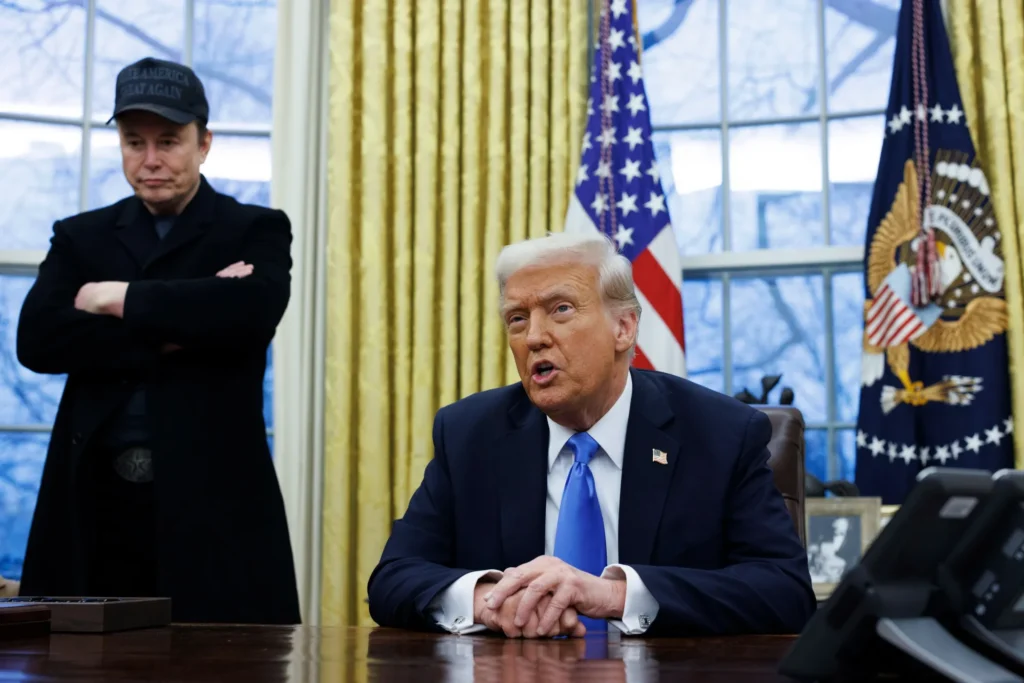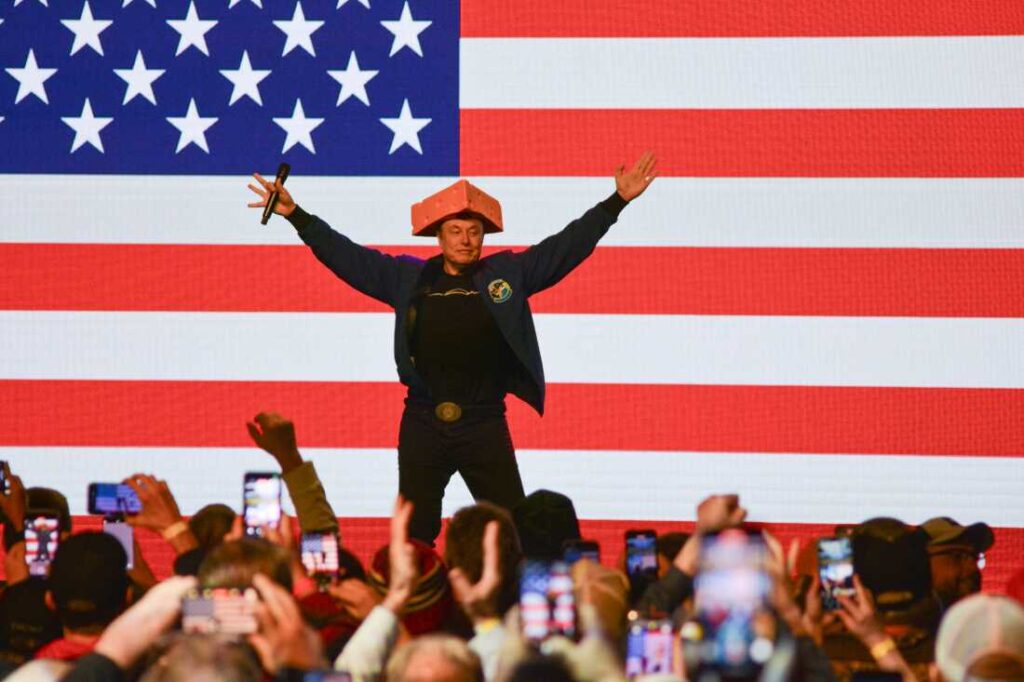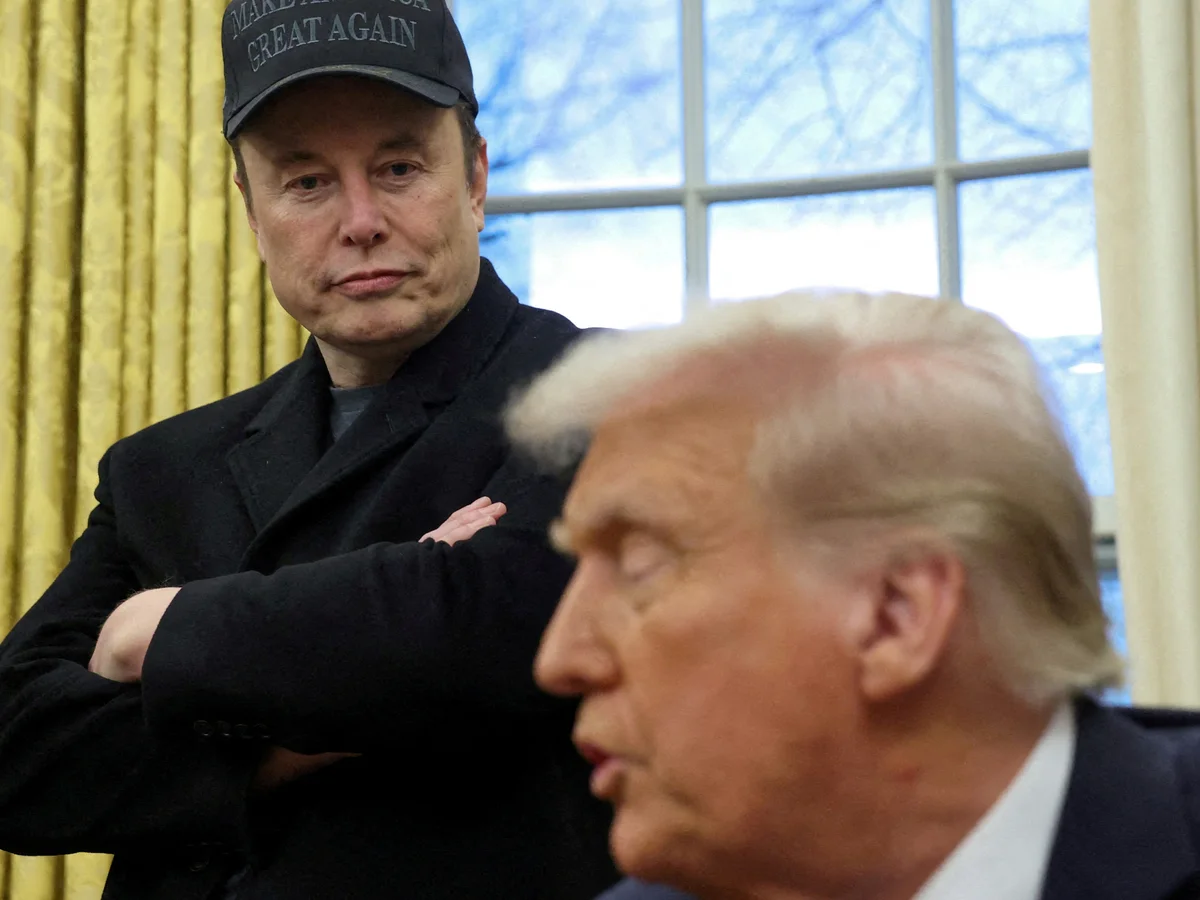In a pivotal electoral showdown, President Donald Trump’s push to place a conservative judge on the Wisconsin Supreme Court was met with defeat as voters elected liberal candidate Susan Crawford, outpacing Trump-backed Brad Schimel. This significant result has raised eyebrows and highlighted the influence of high-profile political figures like Trump and billionaire Elon Musk in shaping crucial judicial races.
Trump’s Efforts and Musk’s Financial Backing
Trump’s efforts to sway the Wisconsin Supreme Court race included a strong endorsement of Schimel, labeling Crawford as a “Radical Left Liberal.” Musk, who has long been an ally of Trump, also intensified his support for Schimel by personally visiting Wisconsin, rallying voters and contributing millions to the campaign. Musk even claimed that the outcome of the race could have far-reaching implications, even suggesting it would determine “the fate of Western civilization.”

Despite Musk’s heavy financial investment, including contributions through his America PAC, and his public campaigning, Crawford emerged victorious. The win is a key moment for the Wisconsin Supreme Court, which holds influence over critical issues like voting district boundaries—an issue with potential ramifications for future elections in the state.
Record-Setting Spending and High Stakes in Wisconsin
The election in Wisconsin became the most expensive judicial race in U.S. history, with over $100 million spent between the two candidates and their supporters. Schimel’s campaign, supported by Musk, raised approximately $53.3 million, while Crawford’s campaign garnered $45 million. The large sums of money spent on both sides highlighted the high stakes of this judicial contest, underscoring the growing influence of money in local elections.
Musk’s Controversial Role in the Election
While Musk’s involvement in Wisconsin’s judicial race was seen as a significant factor, it was also met with controversy. His extensive spending and campaigning sparked protests, with some accusing the billionaire of trying to buy influence over Wisconsin’s judicial system. At a pro-Crawford rally, signs reading “Our Supreme Court is not for sale” highlighted the backlash against Musk’s financial involvement in the race.

Trump’s Continued Influence in Other Elections
While Trump’s backing of Schimel did not result in a win, the former president found success in Florida’s special elections. Republican candidates Randy Fine and Jimmy Patronis, both of whom were endorsed by Trump, secured victories in Florida’s 6th and 1st Congressional Districts. Trump celebrated these wins on social media, touting them as a reflection of the strength of his endorsements and influence.
The Future of Judicial Elections and the Wisconsin Impact
The Wisconsin Supreme Court race signals the growing importance of judicial elections in shaping the future of American politics. With both parties pouring significant resources into these contests, the election results in Wisconsin serve as a reminder of the influence judges hold over important issues such as voting rights and districting.
For Trump and Musk, the outcome in Wisconsin marks a setback in their efforts to shift the state’s judiciary further to the right. However, with the 2024 presidential election looming, the battle for control of the courts will undoubtedly remain a focal point for both parties. The intensity of the spending and campaigning in Wisconsin also indicates that future judicial races will continue to attract significant attention and funding.
Conclusion
The outcome of the Wisconsin Supreme Court race reflects the evolving political landscape in the U.S., where judicial elections are becoming as contentious as traditional political races. As high-profile figures like Trump and Musk continue to influence these contests, voters are becoming increasingly aware of the stakes involved in shaping the judicial system. The race in Wisconsin will likely serve as a model for future judicial elections, where money, endorsements, and political influence will continue to play a crucial role in determining the future of American courts.




